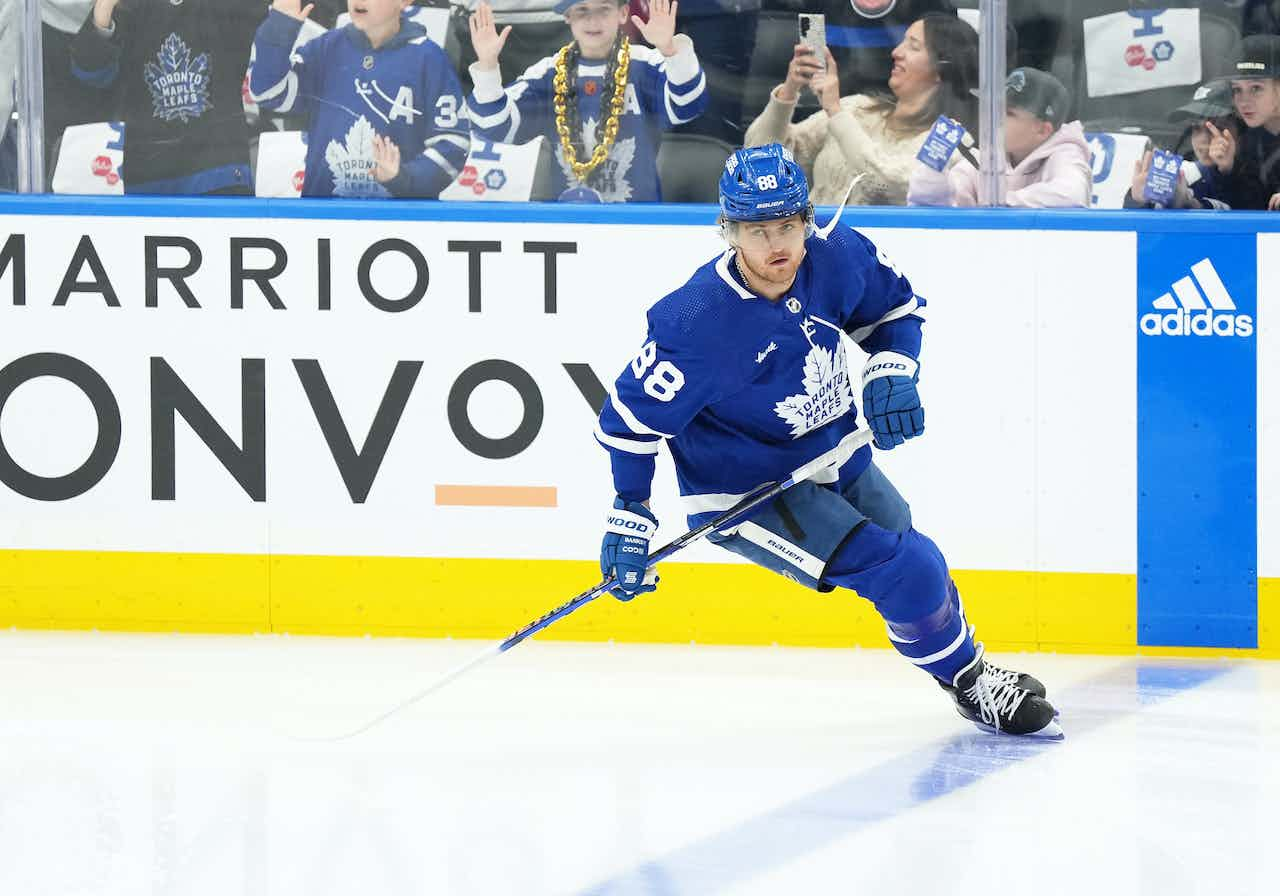Buyout Market: Should the Toronto Maple Leafs pursue Cody Hodgson or Viktor Stalberg?
Teams have until noon EST on Tuesday, June 30th to initiate the buyout process for any players they plan to pay not to play – meaning that teams have one more day to place any buyout candidates on unconditional waivers.
Neither the Nashville Predators nor the Buffalo Sabres waited for tomorrow.
Hodgson was dealt to the Sabres on February 27th, 2012 in exchange for another struggling first rounder – Zack Kassian.
Although both are still trying to find their stride in the NHL, Hodgson isn’t a cheap player. The 25 year old centre, who has been shuttled from the pivot to the wing in time and struggled to stay in the lineup for a bare-bones Sabres lineup, is only two years into a six year, $25 M contract with the Atlantic Division club. Prior to the announcement that he would be bought out, the forward – drafted tenth overall in 2008 – was poised to make an average of $4.25 M per season for each of the next four years.
As with Kassian, it’s entirely likely that Hodgson has seen a dip in his production – going from twenty goals and forty-four points in seventy-two NHL games in 2013-2014 to six goals and thirteen points in seventy-eight NHL games in 2014-2015 – partially due to his deployment in Buffalo last year.
That’s an important read for his game, though. A good play driver can be shifted from centre to the wing, first line to third (or see a rotation in his linemates from elite to struggling) and see the percentage drop in his production look far less painful than Hodgson’s. The best conclusion to be drawn from this is that Hodgson, for whatever reason, saw regression in addition to being dropped in the lineup – ultimately lacking the support necessary to see his numbers propped up at all. It’s a similar situation to that of Sam Gagner’s play or Tyler Bozak’s struggles this season.
Stalberg, similarly, isn’t a bad player – just not worth the cost he brings to the Nashville Predators with a $3M annual cap hit both this upcoming season and the one following.
A former sixth round pick of none other than the Leafs themselves, 29 year old Viktor Stalberg actually spent forty games in a Toronto Maple Leafs uniform during the 2009-2010 season, providing nine goals and fourteen assists before getting moved to the Chicago Blackhawks in the Kris Versteeg trade.
Ten points in twenty-five games on a team full of offensive depth makes Stalberg a liability for the Predators, especially with a number of young skaters looking to make the lineup in the coming two seasons. Skaters such as Kevin Fiala, Viktor Arvidsson, and Austin Watson are just a small sample from the list of up and coming offensive talents in Nashville’s system – and keeping a veteran like Stalberg to serve as the extra forward (or even as an AHLer altogether) for a $3M cap hit is more than the Central Division club needs.
Would Either Fit in Toronto?
For argument’s sake, I’ve created a graph (thank you, waronice.com) looking at scoring chances and possession for Toronto’s offensive lineup last year, adding in Cody Hodgson and Viktor Stalberg.

Obviously, there are a number of flaws with using this chart as a definitive measure of who holds the most value moving forward. The Leafs won’t see nearly a third of these players returning next year, if at all (and that’s with me filtering out anyone who played ten or fewer games on the team) and the Leafs were, to put it as kindly as possible, an absolute nightmare to watch over the second half of the season. Their data is about as unsustainable as anyone’s across the entire league last year.
For a quick glance, though, this tells us two things.
First, Cody Hodgson still holds offensive value. His Corsi for relative is a positive number, and I’m trying to look at whether these players can contribute to a club that fell apart at the seams last year. This suggests that even with his weird deployment (notice that the size of his graphic representation is similar to that of Richard Panik, using circle size to represent time on ice comparisons) he tried to create scoring chances.
Second, Stalberg may be the better defensive option of the two.
It’s hard to really figure out where each of these players fits into the lineup for Toronto because we’re essentially throwing the possession data for a player on a playoff club and a player from an unprecedented train wreck of poor possession and inability to win onto the graph of a team that held their own over the first half of the season then bottomed out more than any other club over the second half. Analytics can best tell us which skaters on a team are providing what (despite what our eyes tell us), but lack much efficiency when using this big a range of success.
Despite this, though, Stalberg and Hodgson both had a similar high danger scoring chance rate – Stalberg’s was just in conjunction with somewhat successful numbers relative to a very good roster, while Hodgson’s were somewhat successful compared to a very bad roster. Given that Stalberg hasn’t completely regressed and is likely to take a cheaper option as a veteran, it may be worth looking at the Swedish forward instead of Buffalo’s fallen darling.
The obvious thing to note here, though? Both are improvements on a handful of the skaters Toronto used for depth options last year (yes, Zach Sill, I’m looking directly at you) – so if either are able to be inked to short, somewhat inexpensive deals, it’s worth Toronto’s while.
Recent articles from Cat Silverman





